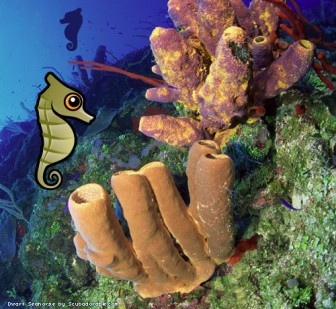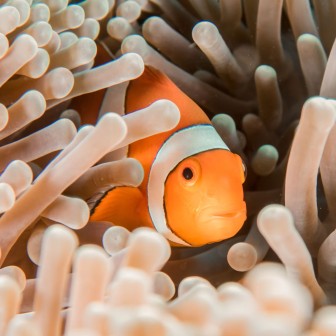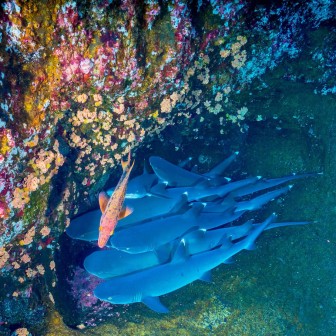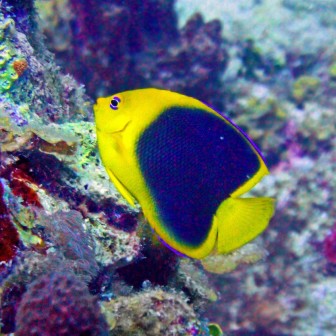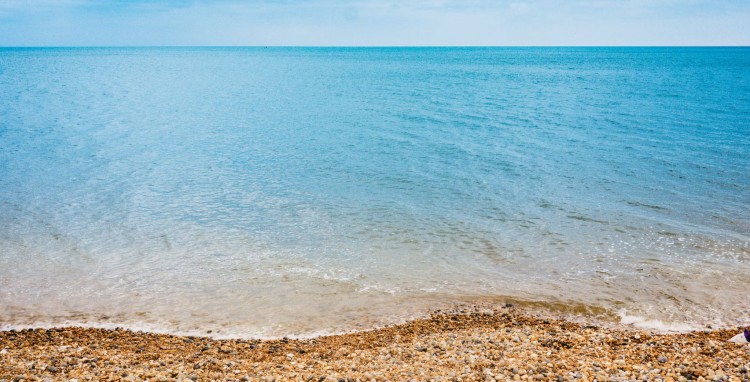Barracudas are known for their powerful jaws and sharp teeth. Scuba divers love seeing them, even though the fish has a dangerous reputation. Here are some fun facts about the Great Barracuda.
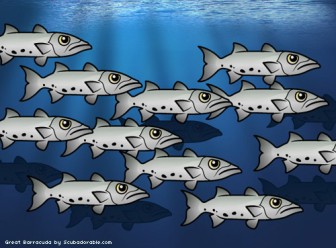
- The Great Barracuda is one of 28 species in the barracuda family.
- Great Barracudas have very strong jaws. They also have under-bites; the lower jaw juts out beyond the upper jaw.
- The diet of a Great Barracuda consists almost entirely of other fish.
- Sport fishers target the Great Barracuda, although the fish is not pleasant to eat. In fact, their meat has a chance to cause Ciguatera fish poisoning, a food-borne illness that causes digestive problems.
- Barracudas are sometimes known as “tigers of the sea” in part because of their sharp, pointy teeth.
- Because of their fearsome appearance, they have a somewhat negative reputation. However, attacks on humans are extremely rare, and usually a case of mistaken identity.
- Great Barracudas have internal swim bladders which they expand or contract to adjust their position in the water.
- Great Barracudas have few natural predators. In the wild, their typical lifespan is around 14 years.
- Great Barracudas use stealth in obtaining prey. The typical strategy is to lie still and wait for a prey fish to come into striking distance.
- The Great Barracuda was added to Scubadorable on November 7th, 2007. Be sure to check out our cute Great Barracuda apparel and gifts.
First published 09/04/2011; updated for publication in 2023.



